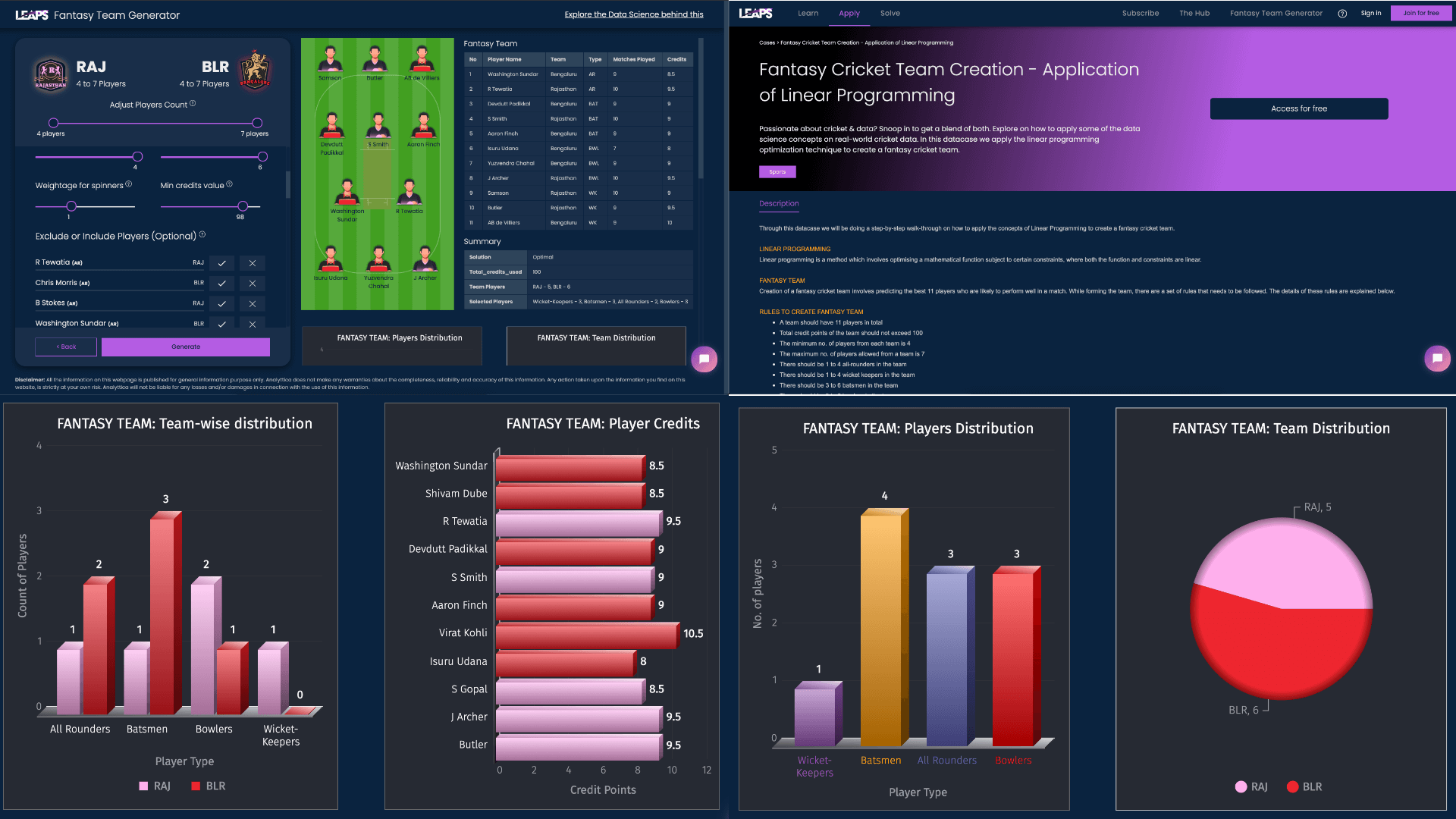

The ability to estimate volume and, thus, generate TV sets IVHS as a unique measure of prognostic value separate from previously published scores. This discrepancy may be explained by differences in measurement techniques, improved image quality and resolution in our study, and advances in the intensive care of IVH patients. A cutoff of TV >60 mL was similarly identified for mortality however, we did not identify a “lethal volume” (in our cohort patients with TV >60 mL had a 60% rate of mortality) as previously reported (25). 689 (p 40 mL beyond which the patients were 41 times more likely to have a poor outcome and a “poor-outcome threshold” of 50 mL above which 100% of patients had a poor outcome. 571 (p = 0.004 comparing Graeb score and TV) ICH score R =. 332 (p = 0.52 comparing the correlation of IVHS and Graeb score with mRS) TV (calculated) R =. We further analyzed the correlation of the same volumes and scores with outcome (mRS) using Spearman’s correlation: IVHS R =. Although IVHS and the Graeb score performed similarly, once TV was used the specificity of the score increased substantially.

Figure 3a, b shows the receiver operating characteristic curves for both scores. Exponential regression yielded the following formula for estimating IVH volume (mL): eÎVHS/5 (R2 =. Main Results-One hundred seventy-five patients were analyzed, 92 in the index group and 83 in the validation group. Clinical outcome was determined by the modified Rankin Scale (mRS) at discharge and in-hospital death.

IVH was also graded using a simple classification system termed IVH score (IVHS). IVH and intracerebral hemorrhage (ICH) volume were measured manually in all patients. The cohort was divided into two groups: index and validation by random sampling. Design and Patients-We reviewed the charts and computed tomographies of a cohort of consecutive patients with IVH. IVH volume may be important in outcome prediction and management however, it is difficult to measure routinely. Objective-Intraventricular extension of intracerebral hemorrhage (IVH) is an independent predictor of poor outcome. Savitz, MD Department of Neurology (HH, ADB, ATA, NRG, KI, JCG, SIS), Vascular Neurology Program, University of Texas Health Science Center at Houston, Houston, TX Department of Radiology (NSD), University of Texas Health Science Center at Houston, Houston, TX Department of Neurology (MMM), Statistical Analysis and Data Management, University of Texas Health Science Center at Houston, Houston, TX Department of Neurology and Stroke (SMS), Tulane University Hospital and Clinic, New Orleans, LA and Medical School (KCW), University of Texas Health Science Center at Houston, Houston, TX Gonzales, MD, Kachikwu Illoh, MD, James C. Morales, BS, Sheryl Martin-Schild, MD, PhD, Anitha T. The IVH Score: A novel tool for estimating intraventricular hemorrhage volume: Clinical and research implications* NIH-PA Author Manuscript NIH-PA Author Manuscript NIH-PA Author Manuscript Published in final edited form as: Crit Care Med. Author manuscript available in PMC 2009 June 8.


 0 kommentar(er)
0 kommentar(er)
